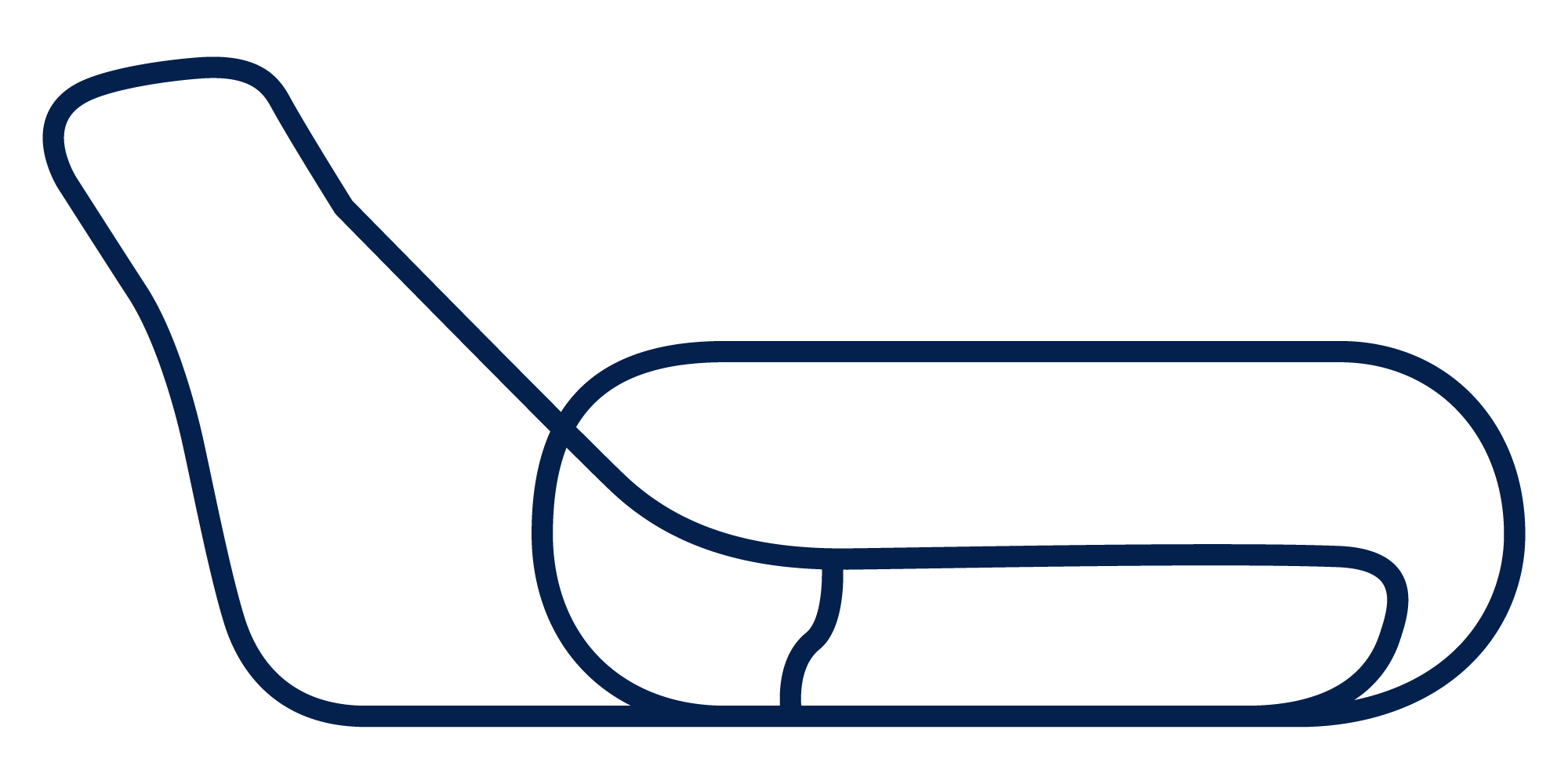Virtual Safety Car: what it is and how it works
The Virtual Safety Car is a key technology in Formula 1 that ensures safety on the track while maintaining the race pace. But how does it really work?
The Need for a Virtual Safety Car
In the world of Formula 1, safety is a top priority. Accidents, debris on the track or dangerous conditions require immediate action to protect drivers, marshals and spectators. The Virtual Safety Car(VSC) was introduced in 2015 as an alternative to the traditional Safety Car to handle critical situations without completely disrupting the pace of the race.
Unlike the physical Safety Car, the VSC requires drivers to adhere to predetermined speed limits, allowing for quicker intervention and minimizing the impact on the running of the Grand Prix.
How the Virtual Safety Car works
The Virtual Safety Car is activated in situations of localized danger on the track, such as the presence of debris or recovery vehicles. When the system is active there will be:
- speed reduction: all drivers must maintain a predefined time on each sector, significantly reducing speed.
- electronic management: on-board systems in the single-seaters monitor compliance with the speed delta imposed by the FIA in real time.
- global communication: visual signals (flags and lights) and radio messages warn pilots of VSC activation.
This mode ensures uniformity, preventing non-regulatory strategic advantages and allowing a quick return to normal competition.
Learn more about the meaning of flags and lights in Formula 1
The Benefits of the Virtual Safety Car
The introduction of VSC has transformed safety management in Formula 1. The main benefits include:
- Reduced stoppage time: the race resumes more quickly than using a physical Safety Car.
- Competitive fairness: the VSC prevents drivers and teams from gaining advantages during the neutralization phases, maintaining a competitive balance.
- Lower environmental impact: the absence of a physical vehicle on the track reduces carbon emissions and the risks associated with its management.
This technology has proven to be particularly effective in localized risk situations.
The security of the Halo System
Iconic situations: the impact of VSC on races
Over the seasons, the Virtual Safety Car has played a crucial role in various Grand Prix, influencing strategies and results.
- Monaco GP 2015: one of the first appearances of the VSC demonstrated its potential to maintain order and safety on a particularly narrow and complex track.
- Singapore GP 2019: The VSC has been used on several occasions to quickly manage debris on the track without requiring the entry of the physical Safety Car.
These incidents highlight the importance of VSC as a safety and management tool.
An essential innovation for Formula 1
The Virtual Safety Car represents a step forward in Formula 1 safety management. With this technology, it is possible to balance the protection of drivers and marshals with the desire to keep the race flowing. As the technology continues to develop, the future of Formula 1 promises to be even safer and more exciting.


